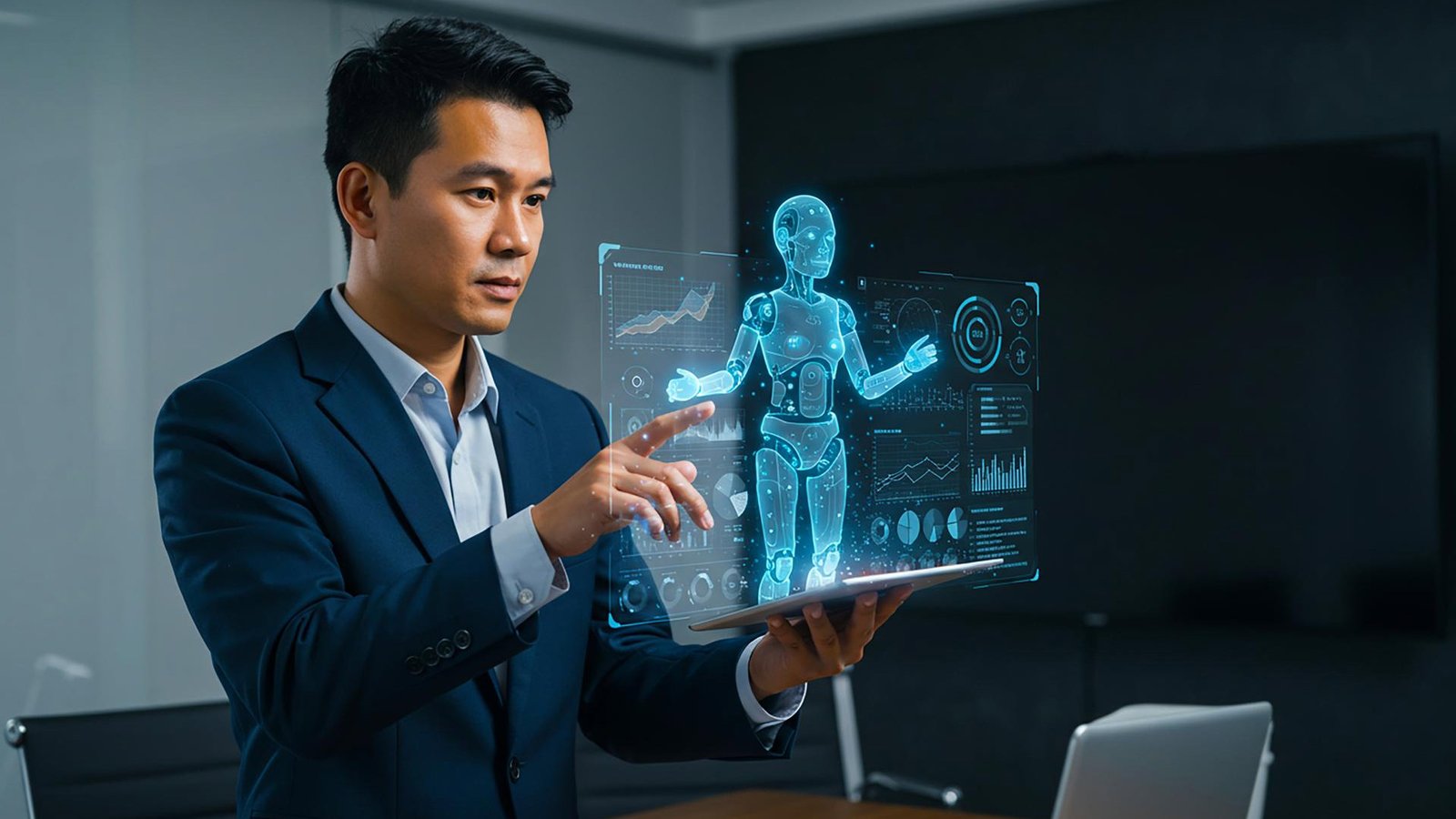Training the Trainers: AI is transforming how L&D is delivered, reshaping workplace learning with scalable, adaptive infrastructure.
Phil Collins once wrote, “In learning you will teach, and in teaching you will learn.” While the Genesis drummer and frontman wasn’t an academic, there’s a great deal of truth in this line – particularly when it comes to learning and development (L&D) in the workplace. And even more so when it comes to tech skills. The strands of teaching and learning in this context are so tightly interconnected that traditional “classroom” teaching methods repeatedly fall short, and in part that’s due to our tendency to keep these strands in separate silos.
Every L&D program has its visible components: the curriculum, the platform, the learner experience. But what’s far less visible, and rarely discussed, is the layer of operational work that makes learning possible. Behind the scenes, the instructors employed by L&D teams are fielding clarification requests, adjusting grading rubrics, monitoring learner performance, and responding to the friction points that inevitably arise when a technical course meets the unpredictable reality of real learners. These aren’t necessarily design challenges – they’re delivery challenges, and they quickly add up. A single vague prompt can stall learners and generate dozens of support tickets. An inconsistent grading rubric can result in inconsistent feedback across entire cohorts. And because technical content often involves open-ended problem solving, there’s rarely a one-size-fits-all fix. Trainers need a new copilot.
It’s this “delivery” component of L&D that doesn’t scale cleanly, particularly in tech fields like data science, AI and software development. While it’s possible to roll out a beautifully designed course to hundreds of employees, managing the live delivery of that course – ensuring it runs smoothly, consistently, and fairly – is a resource-intensive challenge, and it’s only getting tougher. Instructional teams end up spending more time firefighting than teaching, caught in a reactive loop of grading, clarifying, and troubleshooting. This is where AI is beginning to have a significant impact. From personalized feedback to error explanation and prompt summarization, large language models (LLMs) are now being embedded into the infrastructure of course delivery, creating learning experiences that respond faster to learners and with much greater consistency.
The burden of scale
In any technical training program, it’s the small points of confusion that cause the biggest drag. An error message that makes no sense. A prompt that leaves just enough ambiguity to trigger a flood of questions. For a learner, these moments might be frustrating but are often fleeting. For program leaders and their instructors, however, they’re cumulative and costly. Each instance of friction generates noise: emails, tickets, forum posts, clarification meetings. Multiply that across courses, stacks, and cohorts, and the delivery layer starts to buckle under the weight of constant micro-adjustments. Trainers end up “debugging” the learning experience instead of focusing on delivery.
These challenges will always exist. It could be argued that they’re part of the learning process for both instructors and learners. But managing them shouldn’t require such cognitive and operational overhead. Instructors rewriting feedback by hand. Course admins adjusting rubrics mid-flight. Support staff explaining the same assignment prompt again and again. Over time, this becomes the dominant workload – not building new content, but propping up delivery mechanisms that weren’t built to scale.
Infrastructure is just as important as content
In most organizations, scaling a learning program means adding more courses, more modules, and more learners. But rarely does it mean adding more infrastructure to support the operational side of delivery. That’s an oversight, because no matter how well-designed a course is, the experience falls apart when it meets real-world friction. When hundreds of learners submit assignments, request clarification, or hit the same confusing error message, the delivery model itself becomes the bottleneck. More content won’t fix this, but more support around the content and the learning experience might, and that’s where learning infrastructure matters.
This infrastructure may not necessarily be visible to the learner, such as tools that turn static rubrics into dynamic assessment engines; systems that auto-generate consistent, contextual feedback based on a student’s submission; models that can explain syntax or runtime errors in real-time, or layers of intelligence that can detect when dozens of students are struggling with the same instruction, then surface that insight to the L&D team before it becomes a wider issue.
What’s interesting about these AI-based features is that they not only remove some of the operational burden from instructors – they actually empower learners to learn faster and problem-solve on their own terms. Instead of looking at indecipherable error messages and wondering what they mean, an LLM can provide a richer plain English explanation of what the error is and why it occurred, allowing the learner to backtrack and figure out where they went wrong. Instead of being granted a “pass” or “fail” in a given task or scenario, they can get streamlined feedback based on their individual performance, so they gain an understanding of what they could have done better. Such personal feedback is next to impossible if it’s manually delivered in a group session, and with learners often massively outnumbering instructors, it’s difficult to secure one-on-one time to deep dive into any particular case.
AI doesn’t need to fully replace instructors, nor should it, but it can enable them to focus on the moments of engagement that truly matter. That’s why the programs that succeed in the next phase of workplace learning won’t just have better content, they’ll have better infrastructure supporting every point on the learning pathway.
Discover the latest trends and insights—explore the Business Insights Journal for up-to-date strategies and industry breakthroughs!

